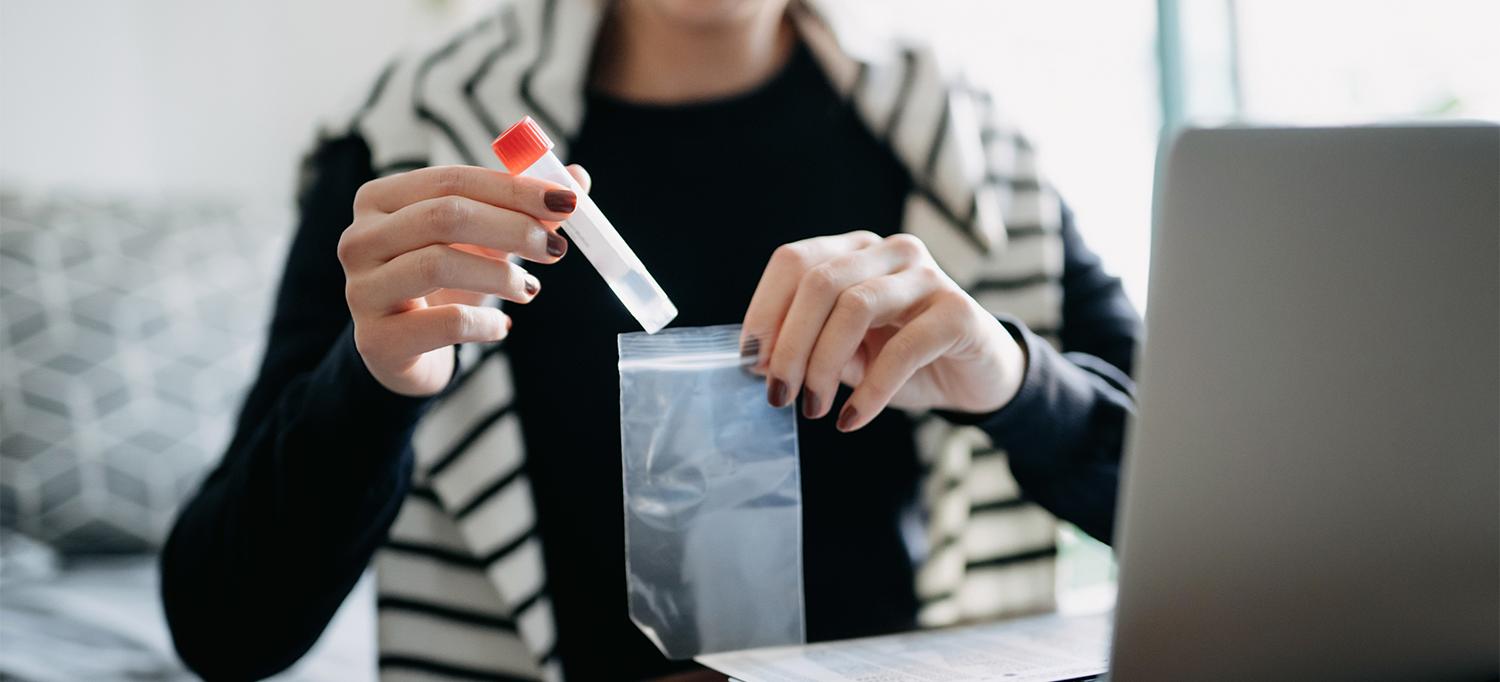
Photo: d3sign/Getty
As COVID-19 infections have risen across the United States, largely driven by the highly contagious Delta variant, there has been a large demand for access to testing, including at-home and rapid antigen tests. If you use an at-home test, make sure it has received authorization by checking the packaging or product description, or referring to the U.S. Food and Drug Administration’s (FDA) database. Tests can be purchased online or at your local pharmacy, but experts note that not all tests are 100 percent accurate, and a negative result should not be thought of as a “free pass.”
Adam J. Ratner, MD, director of the Division of Pediatric Infectious Diseases and pediatric infectious disease specialist at Hassenfeld Children’s Hospital at NYU Langone, speaks with The Washington Post about the limits and best ways to use these tests, particularly for children, who may not have the same accuracy as adults when taking at-home tests. The FDA authorization specifies that if the kits are used for children, an adult must obtain the sample and process the test. Accuracy may be compromised because the adult needs to “know what they’re doing, be able to hold down a potentially squirmy kid, and get a good sample,” Dr. Ratner says, “and it’s not easy.”
“When deciding whether to start testing your children at home, you should consider factors such as the rate of infections in your area and the risk-mitigation strategies enforced at your child’s school or day care,” Dr. Ratner says. “If, for instance, your child is going to a school that has implemented universal masking, social distancing, improved ventilation, and random testing of 10 to 20 percent of the school population every week, you probably wouldn’t need to test at home.”
Receiving negative test results can provide some reassurance that you are not infectious, but you should remember that the results only mean you were not shedding high amounts of SARS-CoV-2 at the time of the test. To increase confidence in your negative results, experts encourage taking more than one test before big events or trips, and testing frequently at regular intervals. If your at-home test result comes back positive, contact your physician to report the result and schedule a lab-based test. If you have symptoms and a known exposure, but still get a negative test result, consider getting a more acute test.
Read more from The Washington Post (subscription required).

